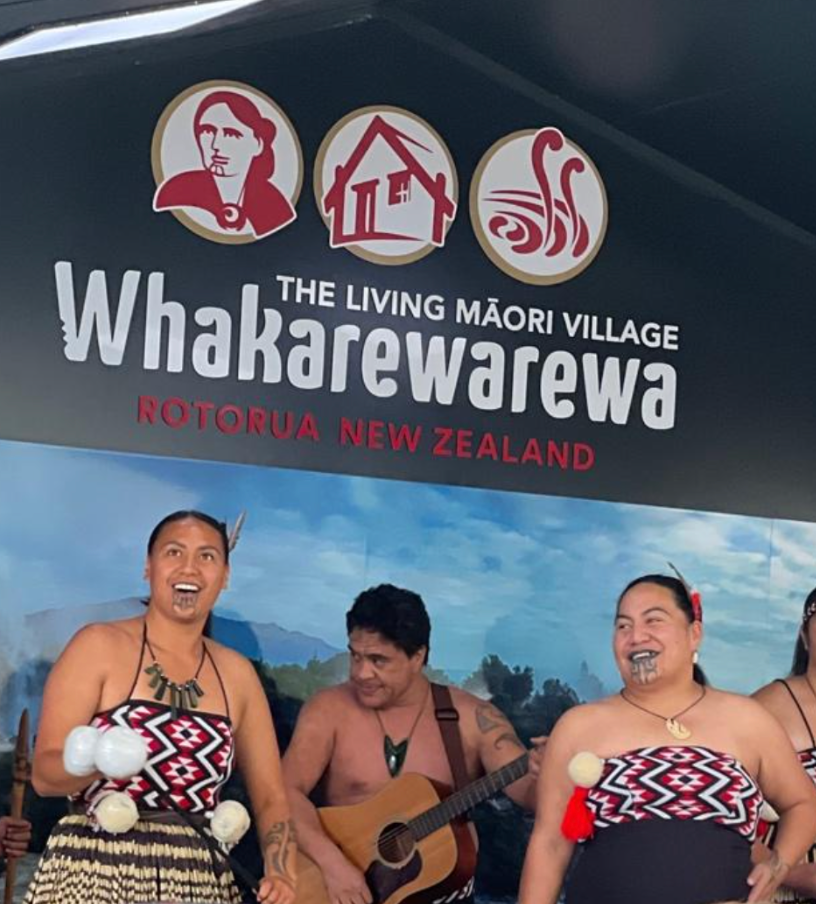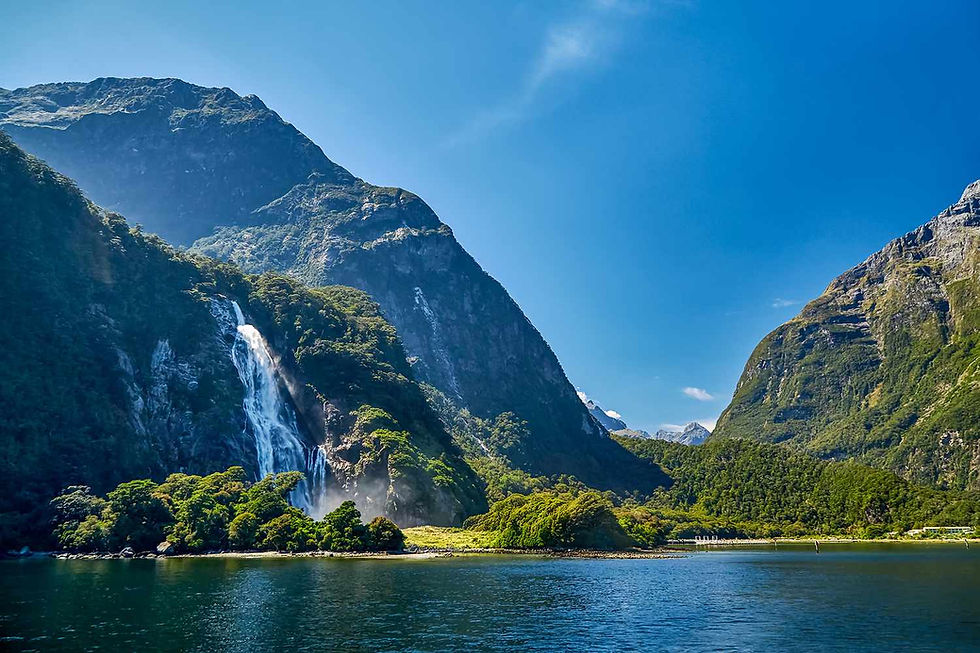Aroha Aotearoa (Love of New Zealand): The Strength and Beauty of the Mighty MAori Women
- Sara Mangan Ramelb
- Mar 26
- 3 min read
I suspect I had been living in ignorance until this trip—because until now, I hadn’t personally encountered the hands-down coolest, most bad-ass females on the planet: Māori women.

New Zealand, or Aotearoa, is a land of breathtaking landscapes, rugged coastlines, and an unwavering commitment to preserving its indigenous culture.
One of the most striking and awe-inspiring elements of Aotearoa today is the visible strength, power, and leadership of Māori women. They are warriors, storytellers, community builders, and change-makers, proudly carrying their traditions forward while shaping modern society.
From politics and education to business and the arts, Māori women stand boldly at the forefront, their presence impossible to overlook. And in a world that often demands assimilation, they make a statement simply by existing in their full, unapologetic power.
Moko Kauae: A Symbol of Strength

A powerful symbols of Māori femininity is the moko kauae, the traditional chin tattoo worn by Māori women. These intricate markings are far more than body art—they are an assertion of identity, lineage, and deep spiritual connection.
Once nearly erased by colonial suppression, moko kauae have seen a resurgence in recent decades, becoming a proud and visible sign of reclamation. Today, it’s not uncommon to see Māori women wearing their moko in every facet of life: in government offices, on television screens, running businesses, and leading communities.
This is the beauty of Māori femininity—it does not conform to Western ideals of softness or passivity. It is fierce, proud, and deeply rooted in heritage. A Māori woman with a moko kauae walks through the world with the strength of her ancestors etched onto her skin—a living testament to the resilience of her people.
MAori Women: Leaders and Change-makers
Māori women have long been at the forefront of social and political change. In the late 19th century, trailblazers like Meri Mangakāhia fought for Māori women’s right to vote and participate in tribal councils—at a time when even many Western nations hadn’t extended suffrage to women.
Today, that legacy of advocacy and leadership lives on. Māori women are not only present in activism, education, and political leadership—they are powerhouses in these spaces, continuing the fight for indigenous rights, environmental protection, and social justice.
In modern Aotearoa, Māori women are running the country—literally and figuratively. From the rise of powerful female leaders in government to entrepreneurs reviving Māori business traditions, they are shaping a nation that honors both its past and its future.
A Cultural Legacy Woven Into Modern Society
For an outsider, one of the most remarkable aspects of New Zealand is how seamlessly Māori culture is woven into daily life. The indigenous legacy of the Māori people isn’t sidelined—it is celebrated, integrated, and undeniably present.

I grew up near a Native American reservation in Western New York, where indigenous history often felt like something relegated to textbooks or museum exhibits—nominally acknowledged, but not fully embraced by or integrated into the wider society. In contrast, Māori culture in New Zealand is alive and thriving, visibly shaping the national identity.
From the haka performed with pride before rugby matches (memorialized in the great crosswalk imagery above from Wellington) to te reo Māori (the Māori language) being an official language of the country, the presence of Māori traditions isn’t just a cultural relic—it is a living, breathing force that defines New Zealand’s modern identity. And at the heart of it all are Māori women, standing strong, leading the way, and reminding the world that true power lies in honoring one’s roots.
My Takeaway: Live- visibly, audibly, physically- the most bad-ass version of yourself
This moment feels like one that calls for strength as well as love. “Don’t obey in advance” is a common rallying cry in communities of protesters as well as online, and it’s one that calls on all of us to not only build but project our strength. The haka could be used as a welcome, a war cry, a celebration. We need all three right now, and like the eyes, chants, movements and breath display a strength and a warning, we need to find our rooted stance and demonstrate with everything we have got that we are not going anywhere. Like these powerful women, we will stand strong in our values and lead the way for our communities to thrive through this moment into a brighter future demonstrating our pride, strength and unity.





















Comments